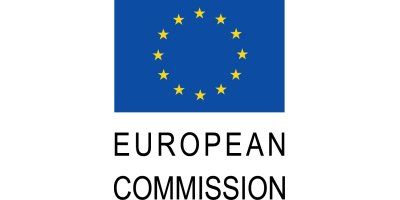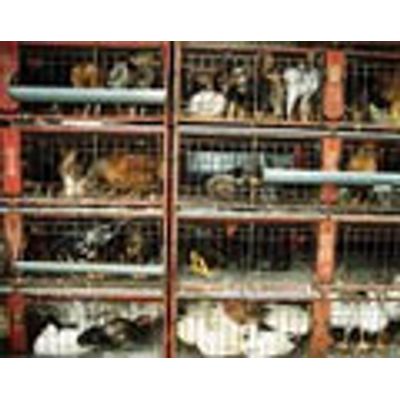

- Home
- Companies
- European Commission
- News
- EC proposes clearer and more ...

EC proposes clearer and more risk-proportionate rules for animal by-products
European Commissioner for Health Androulla Vassiliou said: “This proposal updates our existing rules on animal by-products by removing unnecessary burdens and overlaps where possible, while clarifying when other related legislation applies. At the same time, key safeguards for animal and public health are maintained to protect the consumer.`
Maintaining safeguards for animal and public health
A wide range of materials of animal origin are used outside the food chain for a broad range of purposes. Hides and skins are used for leather, milk powder for feeding and blood products for diagnostic tools. There is a risk that diseases which may affect humans or animals are transmitted through such animal by-products when they are used to feed animals or to produce technical products.
The draft Regulation maintains the basic safeguards against such risks that have been introduced in 2003. In short, it preserves:
- a risk-based categorisation of animal by-products, which determines whether they may be used for feeding, for technical or other purposes, or have to be destroyed;
- the obligation for Member States and operators to ensure that animal by-products are collected and disposed of without undue delay;
- the exclusion of products which are unfit for human consumption from the feed chain for farmed animals; and
- the prohibition to feed material from a species of animals to the same species (`intra-species recycling ban`).
Clearer legal framework
Animal by-products are increasingly used for the production of cosmetics, medicines and diagnostic tools. Animal by-products which are used to manufacture such products have to meet the requirements of other Community legislation. Establishments such as slaughterhouses, dairy plants and other food producing establishments which produce animal by-products already have to comply with Community food or feed legislation and are subject to controls under that legislation. Currently, other legislation applies in addition to the health rules on animal by-products, even though the objectives of both legal frameworks may overlap.
The proposal aims to improve the coherence between other Community legislation and the health rules for animal by-products. Potential risks will be controlled by compliance with the appropriate legislation, thereby removing unnecessary burdens on operators. This will enable public authorities to carry out controls in a more targeted way, and thus contribute to an improved enforcement of Community legislation.
On the basis of experience with the current rules, the proposal also clarifies when and how environmental legislation applies to operations involving animal by-products. For example, if the application of manure to land as fertiliser affects soil and groundwater, environmental legislation would apply.
More risk-proportionate rules
The proposal introduces the concept of an `end point` in the manufacturing of animal by-products after which the processed products are no longer subject to the ABP rules, as potential risks have been eliminated. Instead, the general rules on product safety apply. For example, when animal fats from a rendering plant are further processed and the transformed product is used to produce plastics, the probability that any significant biological or viral risk remains in the final product is remote.
Finally, the possibility for the current categorisation of animal by-products to be modified by the Commission by comitology is introduced. Before a change can be introduced, an assessment of the risks to public and animal health which may arise from a particular animal by-product will have to be carried out by a scientific institution such as the European Food Safety Authority (EFSA) or the Scientific Committee on Consumer Products (SCCP).
